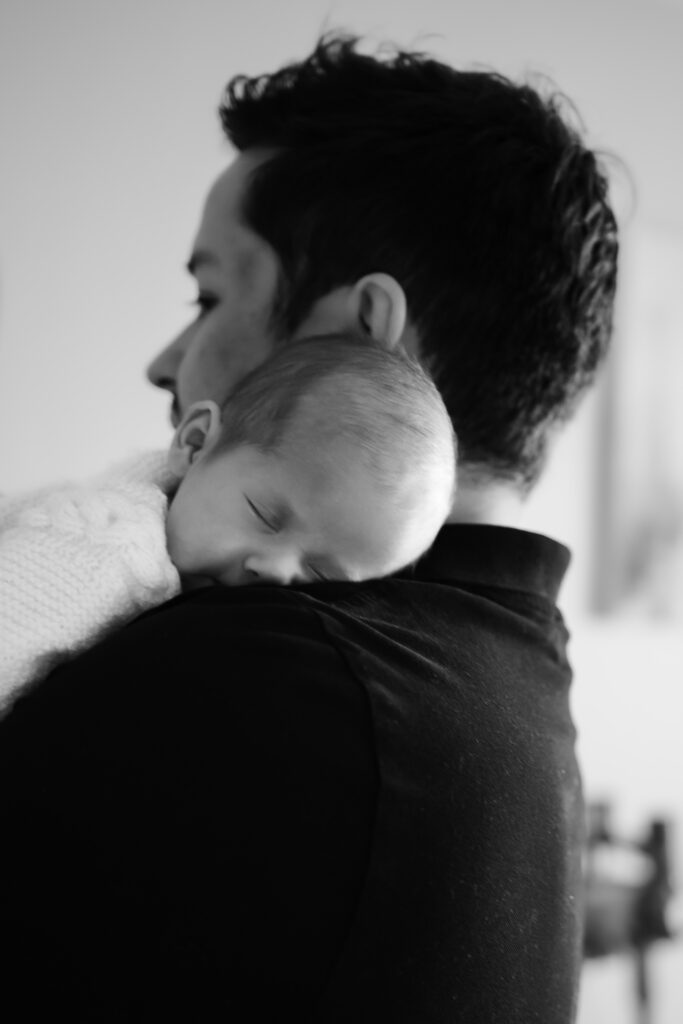Did you know that fathers who are involved in the delivery and care of their newborn have a lower risk of postpartum depression?
The birth of a child is a life-changing event and a beautiful experience that brings a family together. The father’s role during a vaginal delivery is critical, not only in supporting his partner but also in bonding with the baby. In India, fathers are often seen as secondary participants in the delivery room, but research has shown that their presence can have a positive impact on both mother and baby. This post will provide an overview of the role of the father during a vaginal delivery in India and the benefits of their active participation.
The Importance of the Father’s Presence during Delivery
- The presence of the father during delivery can have several benefits, including:
Benefits for the mother: The father’s presence during delivery can help to ease the mother’s anxiety and provide emotional support. Research has shown that women who have their partner present during delivery experience less pain and have a smoother labour. - Benefits for the baby: When fathers are present during delivery, they are more likely to bond with the baby and participate in their care. This can result in a stronger father-child relationship and improved outcomes for the baby.
- Benefits for the father: Being present during the birth of his child can be a powerful and transformative experience for the father. It can help him to feel more connected to the baby and provide a sense of pride and fulfillment.
Supporting Your Partner During Delivery
The father’s role during delivery is not only to provide emotional support but also to offer physical support as needed. Here are some tips for supporting your partner during delivery:
- Physical support: Offer to massage your partner’s back or hold her hand during contractions. You can also bring her water or help her to change positions.
- Emotional support: Be a listening ear and offer words of encouragement. Remind your partner that she is doing an amazing job and that you are there for her.
- Understanding the process of delivery: Familiarize yourself with the process of delivery so that you can provide informed support. Ask your partner’s healthcare provider for information and attend prenatal classes together.
- Coping with unexpected events: Delivery can be unpredictable, and unexpected events can occur. It is important to remain calm and supportive, even in challenging situations.
Reasons for Emergency C-Section
In some cases, a vaginal delivery may not be possible, and an emergency C-section may be necessary. Here are some of the common reasons:
- Fetal distress: This occurs when the baby’s heart rate drops or shows signs of distress. In this case, a C-section may be necessary to deliver the baby as quickly as possible to prevent any harm.
- Prolonged labor: If labor goes on for too long, the baby may become fatigued, and a C-section may be necessary to avoid further harm.
- Breech presentation: If the baby is positioned bottom first, instead of head first, a C-section may be necessary.
- Multiple pregnancies: In cases where there are twins or more, a C-section may be necessary to ensure a safe delivery for all.
Reasons for Episiotomy, Forceps, and Vacuum Delivery
- Episiotomy: This is a surgical incision made to the perineum to enlarge the vaginal opening during delivery. This procedure is typically used to assist with a difficult delivery or to prevent tearing of the vaginal tissues.
- Forceps: Forceps are used to assist with delivery when the baby’s head is too large to fit through the birth canal or when the baby is in distress. Forceps are carefully placed around the baby’s head and used to gently guide the baby through the birth canal.
- Vacuum Delivery: This is a procedure in which a vacuum extractor is used to help deliver the baby when the baby’s head is too large to fit through the birth canal or when the baby is in distress. The vacuum extractor creates suction on the baby’s head to help guide it through the birth canal.
In each of these procedures, the father can play a supportive role by holding the mother’s hand, providing encouragement, and helping with breathing and relaxation techniques. It’s essential to understand that these procedures are only performed when deemed necessary by the medical professionals to ensure a safe delivery for both the mother and the baby.
In India, there tends to be a higher percentage of C-Sections than global numbers. In a future post, we will address why this is the case for you and your partner to have a more informed birth.
Bonding with the Newborn
After the delivery, fathers have a unique opportunity to bond with their newborn. Here are some ways to do so:
- Skin-to-skin contact: Encourage skin-to-skin contact between the baby and the father, as this can help to regulate the baby’s temperature, heart rate, and breathing.
- Feeding the baby: If the baby is breastfed, the father can still participate in feeding by burping the baby after feedings or helping to change the baby’s diaper. If the baby is formula-fed, the father can help with feedings.
- Participating in baby care: Get involved in the baby’s care by taking turns with your partner to do tasks like changing diapers, giving baths, and dressing the baby.
Conclusion
The role of the father during a vaginal delivery in India is critical in supporting the mother and bonding with the baby. From providing physical and emotional support during the delivery to participating in baby care, fathers can play an important role in their child’s life from the very beginning. We hope this article has provided you with valuable information on the role of the father during a vaginal delivery and encouraged you to be an active participant in this exciting time.



